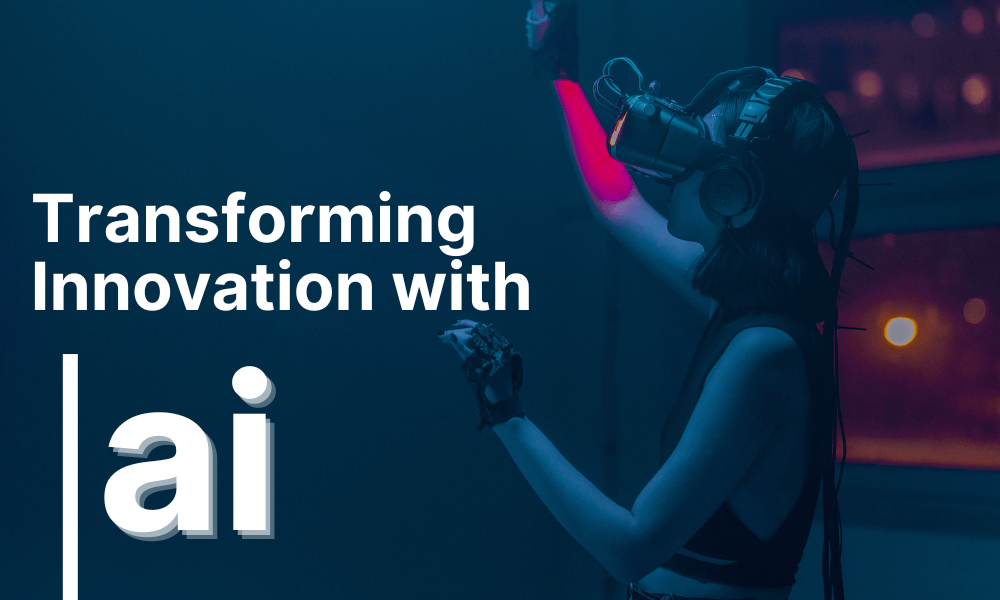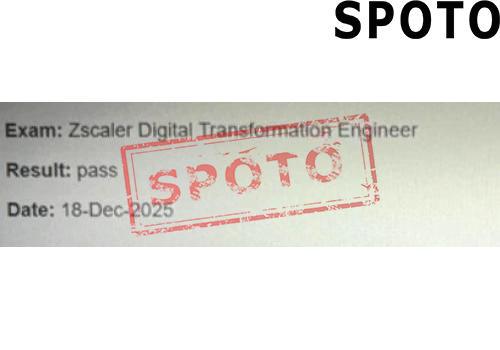
Table of Contents
In the context of today's continuously evolving technological landscape, Artificial Intelligence (AI) technology is gradually integrating into various fields, becoming a focal point of attention in both the tech and industrial sectors. Among its applications, AI-assisted research and development (R&D) is rapidly demonstrating its substantial potential and influence.
From pharmaceutical research to automotive design, from software development to material science, AI-assisted R&D is progressively infiltrating every stage of the research and development process, bringing profound transformations to traditional R&D models. Its main impacts and potential value are reflected in the following aspects:
a. Enhancing R&D Efficiency: AI technology can swiftly process large volumes of data and extract useful information and patterns through algorithms such as machine learning and deep learning. In the R&D process, AI-assisted tools can help researchers analyze data, construct models, and design experiments more quickly, significantly shortening the R&D cycle.
b. Reducing Costs: Traditional R&D processes usually require substantial investments of manpower, materials, and time. The introduction of AI-assisted R&D technology can reduce labor costs and optimize resource allocation through automation and intelligent processes, thereby lowering overall R&D costs.
c. Solving Complex Problems: Many fields' R&D tasks are challenged by complexity and uncertainty. AI technology's strong pattern recognition and intelligent decision-making capabilities can aid researchers in better understanding and solving these complex problems, pushing the boundaries of technological breakthroughs and innovation.
d. Driving Technological Progress: AI-assisted R&D can accelerate the development of existing technologies and promote interdisciplinary and cross-industry collaboration and innovation. By combining with human intelligence, AI technology is expected to forge new frontiers across various fields, driving technological advancement and societal progress.
In summary, AI-assisted R&D is becoming a crucial engine for innovation and development across industries. Its impact and potential value are poised for further exploration and application in the future.
The Application of AI in Pharmaceutical R&D
In the pharmaceutical research and development (R&D) sector, the application of Artificial Intelligence (AI) technology is increasingly becoming a crucial driver for drug discovery and design, clinical trial design, and data analysis. Here are specific applications of AI in the pharmaceutical R&D field:
1. Drug Discovery and Design:
a. Virtual Screening: Utilizing AI technology for virtual screening can identify candidate compounds with potential medicinal activity from vast compound databases, accelerating the process of discovering new drugs.
b. Molecular Design: Molecular design algorithms generated by AI can quickly create new compounds with specific therapeutic effects and optimize them to improve the drug’s activity, selectivity, and pharmacokinetic properties.
c. Drug Interaction Prediction: Machine learning algorithms are used to predict interactions between drugs and their targets, helping researchers understand the mechanisms of action of drugs and optimize drug design.
2. Clinical Trial Design and Data Analysis:
a. Patient Screening: AI technology can analyze clinical data from patients, identify those who meet trial criteria, and accelerate the patient recruitment process for clinical trials.
b. Data Mining: AI can process and analyze large-scale data generated from clinical trials, identifying potential therapeutic effects, side effects, and related factors, aiding researchers in better understanding trial outcomes.
c. Personalized Treatment: AI technology allows for the analysis of individual patients' genomic, phenotypic, and clinical data to design personalized treatment plans, improving treatment effectiveness and patient survival rates.
Through the application of AI in drug discovery and design, clinical trial design, and data analysis, the drug development cycle can be significantly shortened, R&D costs reduced, and the success rate and clinical translation of pharmaceuticals enhanced. Therefore, the prospects for the application of AI technology in the pharmaceutical R&D field are broad, promising more innovations and breakthroughs for human health.
The Application of AI in Automotive Design and Manufacturing
In the realm of automotive design and manufacturing, Artificial Intelligence (AI) technology is playing an increasingly significant role in driving innovation and development within the automotive industry. Here are the applications of AI in automotive design and manufacturing:
1. Automotive Design:
a. Virtual Design and Simulation: AI technology utilizes big data and machine learning algorithms to optimize the design and simulation of automobiles. By simulating various design scenarios, AI assists designers in rapidly assessing the effects of different design parameters, thus accelerating the process of designing new vehicle models.
b. Intelligent Design Assistance: AI technology analyzes automotive market trends, user preferences, and competitors' products, providing designers with intelligent design recommendations and decision support to better understand market demands and product positioning.
2. Intelligent Driving Technology and Connected Car Systems:
a. Perception and Decision-making: AI technology's application in intelligent driving encompasses aspects such as image recognition, radar and LiDAR data processing, and decision algorithms. By analyzing data from the vehicle's surroundings, AI enables automatic perception and intelligent decision-making, enhancing driving safety and comfort.
b. In-Car Voice Assistants and Intelligent Interaction Systems: AI technology facilitates in-car voice assistants and intelligent interaction systems, allowing drivers to control vehicle functions, access navigation information, play music, and more via voice commands, thus enhancing driving convenience and experience.
c. Predictive Vehicle Maintenance: Utilizing AI technology for real-time monitoring and analysis of vehicle data enables the prediction of maintenance needs and risk of failures, allowing for proactive maintenance measures to be taken, thereby reducing vehicle breakdowns and repair costs.
Through the application of AI in automotive design and manufacturing, it becomes possible to enhance the efficiency, safety, and intelligence level of automobiles, driving the automotive industry towards intelligence, electrification, and connectivity. Therefore, the prospects of AI technology in the automotive field are vast, promising to provide significant impetus for innovation and progress in the automotive industry in the future.
The Application of AI in Software Development
In the realm of software development, the application of Artificial Intelligence (AI) technology is increasingly becoming a crucial means to enhance both the efficiency and quality of software development. Here are the applications of AI in the software development field:
1. Code Generation and Optimization:
a. Automatic Code Generation: AI technology can automatically generate code snippets or even complete programs by learning from vast code repositories and development history, tailored to specific requirements. This automated code generation significantly reduces the workload for developers and accelerates the software development process.
b. Code Optimization: AI technology can analyze existing code, identify potential optimization opportunities, and provide optimization suggestions such as refactoring and performance enhancements, aiding developers in improving code quality and execution efficiency.
2. Software Testing and Quality Control:
a. Automated Testing: AI technology can be applied in automated testing tools to automatically generate test cases by analyzing the application's functionalities and requirements, facilitating faster and more comprehensive software testing, thus enhancing software quality.
b. Defect Prediction: AI technology can analyze various data from the software development process, such as code quality metrics and developers' work records, to predict potential defects and risks, providing corresponding preventive and corrective measures to reduce error rates and maintenance costs during software development.
c. Automatic Bug Fixing: AI technology can automatically analyze and identify defects in software and generate corresponding repair code, reducing the manual effort required by developers for fixing, speeding up defect resolution, and enhancing the stability and reliability of the software.
Through the application of AI in software development, it becomes possible to enhance software development efficiency, accelerate software release cycles, reduce development costs, and improve software quality and reliability. Therefore, the prospects of AI technology in the software development field are vast, promising to bring more convenience and innovation to software developers.
The Application of AI in Materials Science
In the field of materials science, the application of Artificial Intelligence (AI) technology is gradually becoming a significant means to drive the research and application of new materials. Here are the applications of AI in the field of materials science:
1. Material Discovery and Design:
a. High-throughput Screening: AI technology utilizes machine learning and data mining algorithms to analyze large volumes of material data and performance databases, identifying new material candidates with potential applications. This high-throughput screening method accelerates the process of discovering new materials and improves the success rate of material development.
b. Virtual Material Design: AI technology, based on models of the relationship between material structure and performance, conducts virtual material design and optimization. By simulating the structures and compositions of various materials, AI can predict material performance and application potential, guiding experimentalists in material synthesis and testing.
2. Material Performance Prediction and Simulation:
a. Performance Prediction Models: AI technology can establish complex models for predicting material performance by analyzing information such as material structure, composition, and processing methods, predicting mechanical, thermal, and electrical properties of materials. These performance prediction models help researchers better understand the performance characteristics of materials, guiding material design and application.
b. Material Simulation: AI technology can be applied in material simulation software to predict the performance and response of materials under different environmental conditions by simulating material structure and behavior. This simulation method helps researchers better understand the working principles of materials and optimize material design and application schemes.
Through the application of AI in materials science, the process of researching and applying new materials can be accelerated, enhancing material performance and functionality, and driving innovation and progress in the field of materials science. Therefore, the prospects of AI technology in the field of materials science are broad, bringing more new materials and application technologies to human society.
Advantages and Challenges of AI-Assisted R&D
AI-assisted research and development (R&D) have shown significant advantages in various fields, but they also face some challenges. Below is an overview of the advantages and challenges of AI-assisted R&D:
Advantages:
1. Enhanced R&D Efficiency: AI technology can automatically process large amounts of data and tasks, rapidly generate models, predict results, or optimize solutions, significantly improving R&D efficiency and shortening the R&D cycle.
2. Cost Reduction: AI-assisted R&D can reduce manpower and time costs by automating tasks and optimizing processes, thus lowering the overall cost of the R&D process and improving efficiency.
3. Solving Complex Problems: AI technology possesses powerful pattern recognition and intelligent decision-making capabilities, enabling it to handle and solve complex scientific, engineering, and business problems, providing new insights and solutions.
4. Driving Technological Progress: AI-assisted R&D can promote interdisciplinary and cross-industry collaboration and innovation, accelerating technological progress and industrial upgrading, and driving social development and progress.
Challenges:
1. Data Quality: AI technology relies heavily on data, but real-world data often suffer from issues like incompleteness, inaccuracy, or bias, which may affect the performance and accuracy of AI models.
2. Algorithm Adaptability: Different problems and scenarios may require different AI algorithms and models, and developing and adjusting algorithms suitable for specific problems requires a significant amount of expertise and experience.
3. Human-Machine Collaboration: Although AI technology can automate the R&D process to a large extent, human experts still play a crucial role in the development, application, and interpretation of AI systems. Therefore, the effectiveness and efficiency of human-machine collaboration are also challenges.
In summary, although AI-assisted R&D has tremendous potential and advantages, it still needs to overcome some challenges, such as data quality, algorithm adaptability, and human-machine collaboration, to achieve its goal of widespread application in various fields and driving technological progress.










